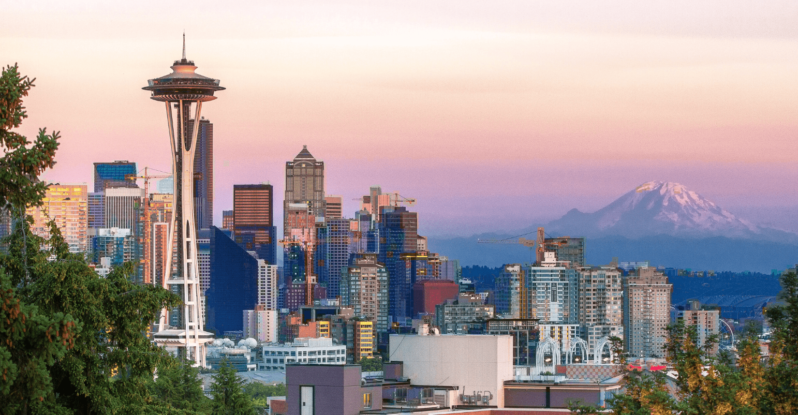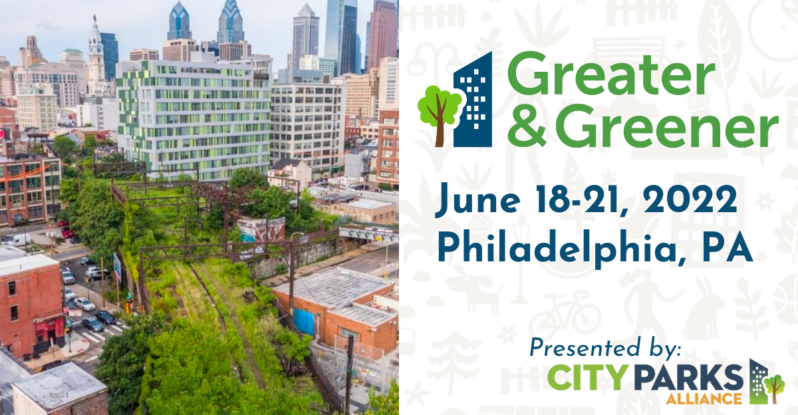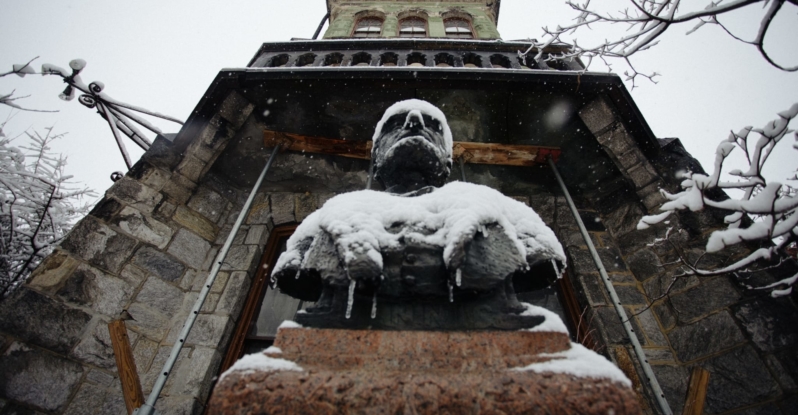Speakers from Brownsville, TX, and Westminster, CO, share how they have funded innovative park and trail projects through cross-agency partnerships. In both cities, park leaders are partnering with leaders in transportation, community development, flooding, and housing to identify how parks can meet multiple infrastructure needs while bringing recreation, green space, and connectivity to underserved communities.
Moderator:
Kathy Blaha, President of Kathy Blaha Consulting
Speakers:
- Damaris McGlone, Director of Brownsville Parks and Recreation Department
- Marina Zolezzi, Director of Brownsville Office of Grant Management & Community Development
- John Burke, P.E., Downtown Westminster Development & Construction Manager, Department of Economic Development
- David Skuodas, P.E., CFM, LEED AP, Project Manager, Stream Services, Westminster Urban Drainage and Flood Control District
Continuing Education Credits Offered:
- 1 CM via the American Institute of Certified Planners
Pending Continuing Education Credits:
- 1 PDH via the Landscape Architecture Continuing Education System
Brownsville, TX
In Brownsville, staff work as a team across departments, leveraging funds from multiple local, state and federal sources. Their creative, collaborative approach has enabled a small city with limited resources to fund a Water Square – modeled after Copenhagen’s flood-control parks – along with a network of trails using funding from the city’s Quality of Life sales tax and from metropolitan transportation funds, Clean Water State revolving funds, and community development block grants.
Westminster, CO
The cross-agency team that led the creation of Little Dry Creek in Westminster was awarded 2017 Project of the Year by the American Public Works Association in recognition of their innovation, cooperation, and vision in creating a regional amenity that includes a safe and attractive transit station and park and flood control infrastructure. The project realigned the creek and altered the floodplain to keep commuter rail tracks above the flood zone while creating a beautiful and inviting park that compliments new development around the transit station. Funding came from multiple sources, including the Parks Department, Flood Control District, Sanitation District, Regional Transportation District, and private foundations.
Learning Objectives:
- How multiple city and regional agencies are collaborating to build parks that meet a variety of infrastructure needs, from transportation to flood control to economic development, while providing needed recreation and green space for residents.
- How to leverage multiple funding sources from the city, state, and federal government, as well as private foundations, to build parks and trails with far-reaching infrastructure, health, and quality of life benefits.
- How to meet the needs of low-income residents by strategically connecting new parks and trails to underserved communities and partnering with the housing authority to build affordable housing adjacent to new amenities.
The 2019 webinar series on funding is made possible with support from the Robert Wood Johnson Foundation.




